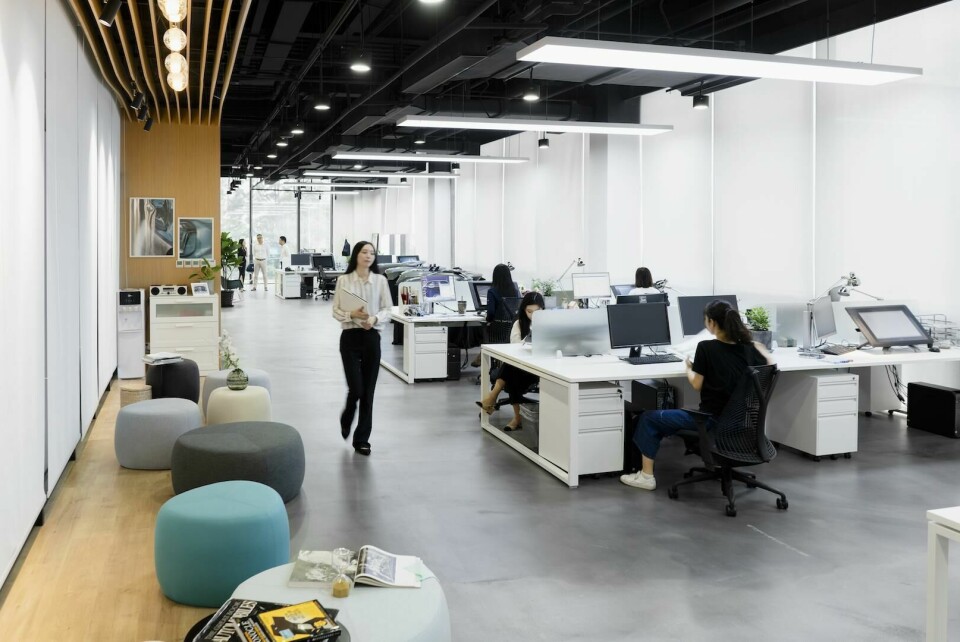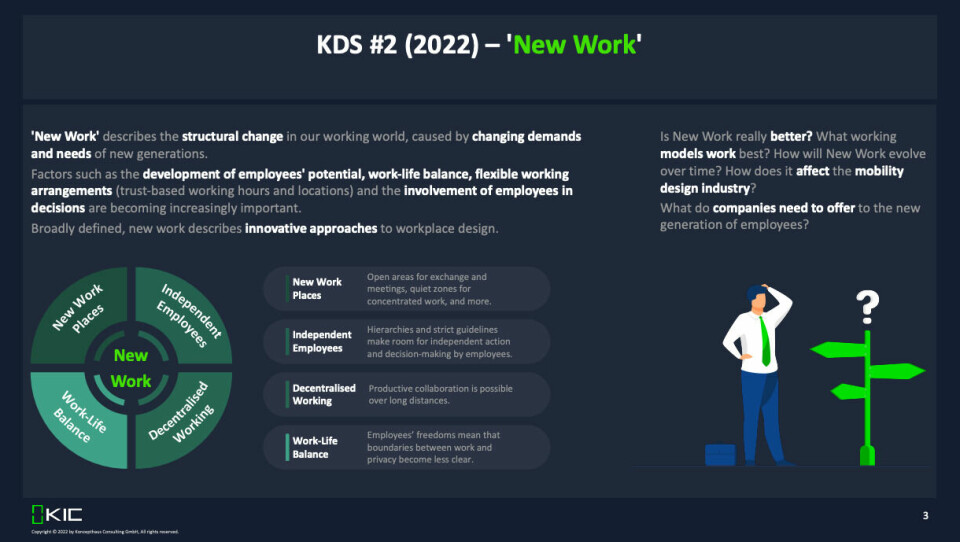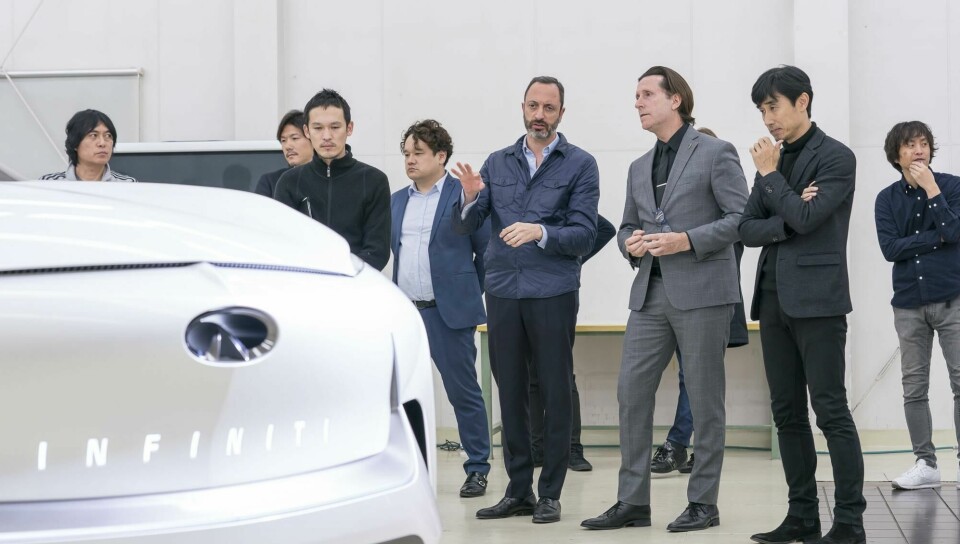
New research explores car design working practices
The report explores how car designers at various levels and locations are adapting to the new way of working – and what all this means for employers
Research from design consultancy Konzepthaus has revealed a shift in working patterns within the car design space, although trends vary from region to region and by seniority. At a high level, there appears to be a desire among junior designers for greater flexibility and work-life balance – which could be more challenging for some roles than others. Even so, it is a significant consideration for design studios as they look to onboard the next generation of talent.
The report was wide ranging and considered age groups between 18 and 55 and over, all levels of seniority through to VP of design, and received 776 responses from 22 different countries. The focus was on the concept of ‘New Work’, described as a “structural change” in the working world that was largely accelerated by the pandemic. As CDN found during the initial global lockdowns, designers were forced to find a way to continue working, collaborating and pushing out exciting projects.

“The expectation was proven correct in the sense of the fact that it is above all the younger generations who support and lead the topic of ‘New Work’, and are thus recognised as having such a great influence,” the team at Konzepthaus told CDN. “In the war of talent, the issue of responding to the needs of these groups, therefore, plays an even greater role.”
At the same time, the lure of a collaborative workspace remains high and bricks-and-mortar outposts must continue to evolve. Studios and offices should have open areas for spur of the moment conversations but also ‘quiet zones’ for more concentrated periods of focus. This is why one component to the definition of ‘New Work’ includes the notion of breaking up classic office environments.
That being said, many designers do not necessarily want sweeping change – some elements of the traditional office set-up do not need fixing. Of those surveyed, 80% say they need their own desk, with only 28% of those willing to desk share. “Design teams hate hot-desking,” notes Oliver Vogt, Partner at Konzepthaus in the report. This is primarily due to practical aspects such as the setup for tablets and screens but also the preference for a personalised workspace.
Generally speaking, those with leadership responsibility – team leaders, head of design, VP and SVP of design – prefer to be on site. And speaking of leadership, there is a growing appetite among designers of all levels to be more closely involved in decisions. “This is becoming increasingly important, both for employers but also for employees,” the report authors told CDN.
As for frequency of office visits, there are geographic differences. US-based employers prefer to have teams present physically most of the time, and in some cases, all of the time; more than 42% of employers require people on site for five days a week. In Europe, flexible working is more widely accepted – although it is interesting that employees here would prefer to spend more time in the office (1.3 days a week on average) than those in the US (0.9 days a week on average).
“It is no secret that the US is unique in its aggressive approach to work, resulting in its impressive productivity. Of course, this also comes with downsides,” the Konzepthaus team explains. “This includes the feeling to rarely use their sick days, work over hours and skip lunch breaks, but also see onsite presence as a necessity in their way of working. While ‘New Work’ is slowly becoming a standard in the way Europeans work, Americans will need more time to adjust to the drastic changes the pandemic brought with it.”

The full report goes into all this in much greater detail and with some useful charts that clearly illustrate wider trends. The insight may prove useful not only for existing studios, but also new sites that are popping up. In recent months, Mahindra opened up its new advanced design studio in Banbury, UK, while GAC opened a new spot in Milan.
“For employers, the results of the report can be helpful for development opportunities,” the Konzepthaus team concludes, “and is a reference for HR departments to gain an understanding of the values of new generations and changing perceptions. It should no longer be a question of whether it is necessary to transform the way of working in the company, but rather to what extent employees want this.”









